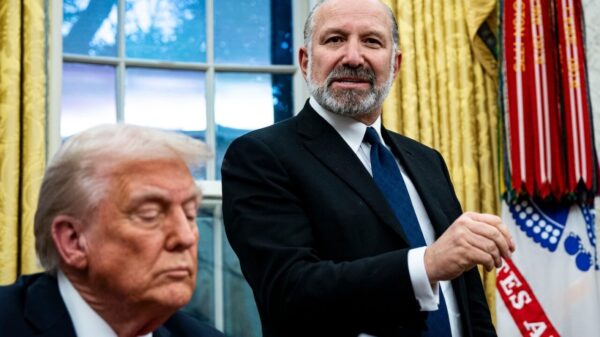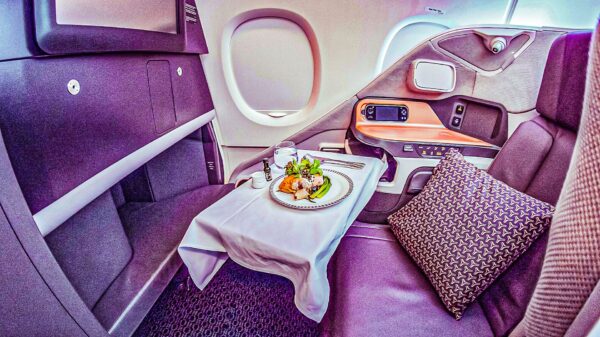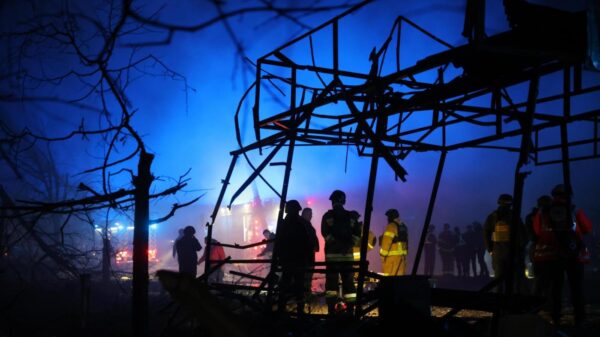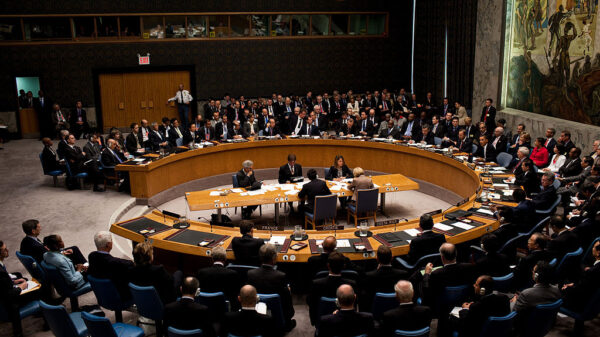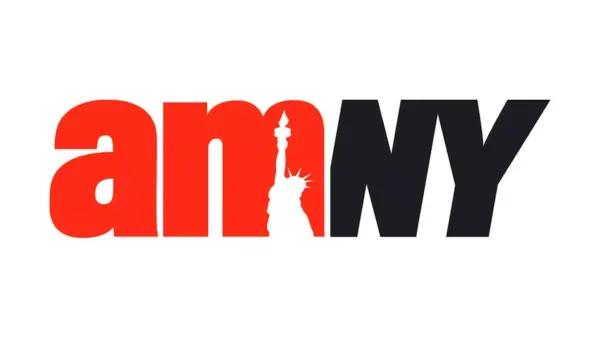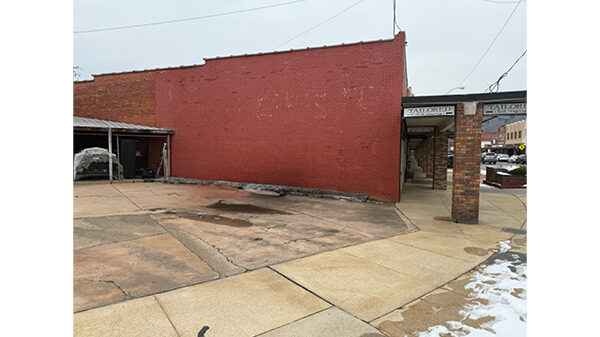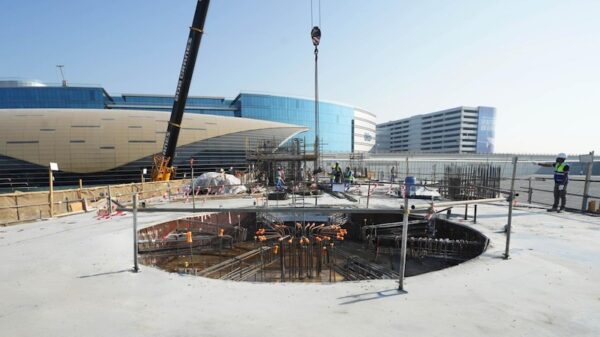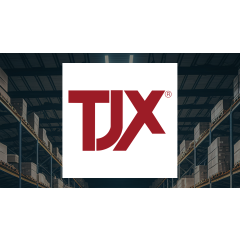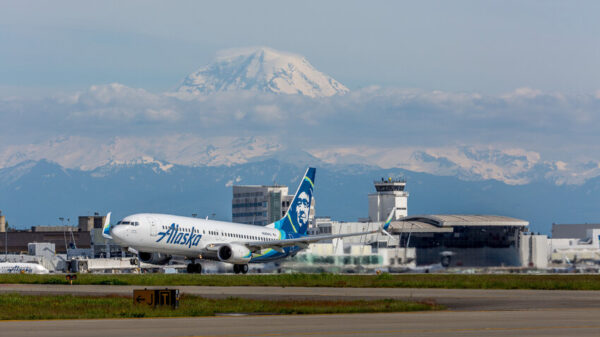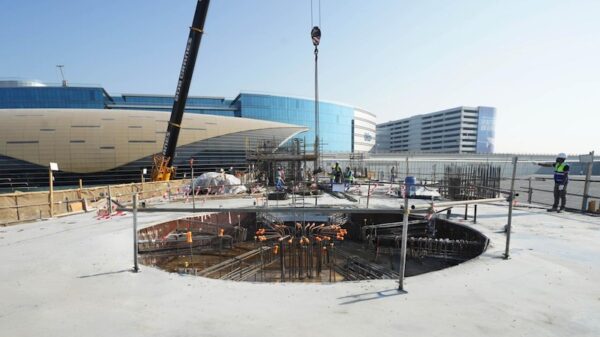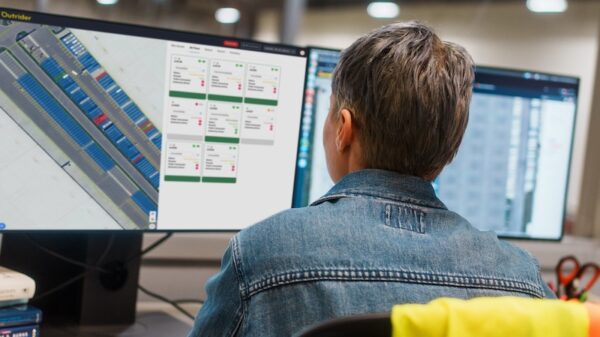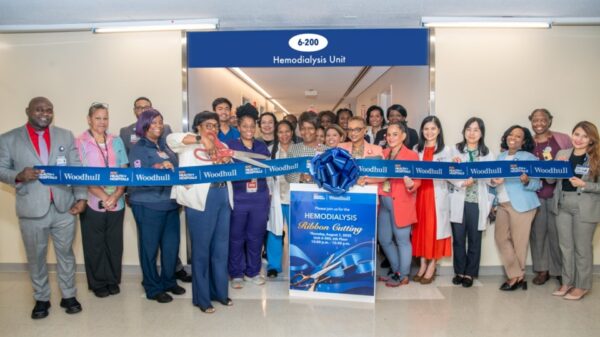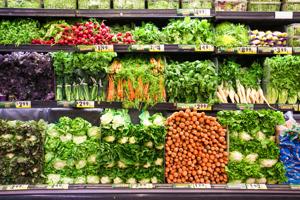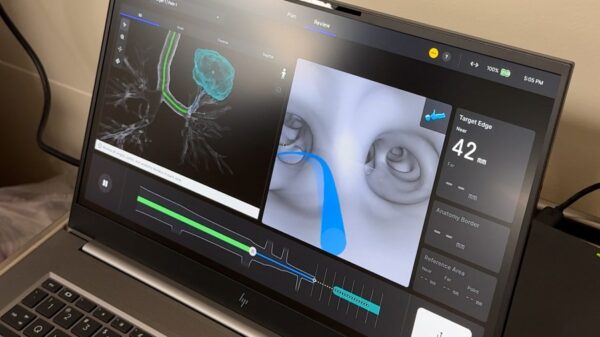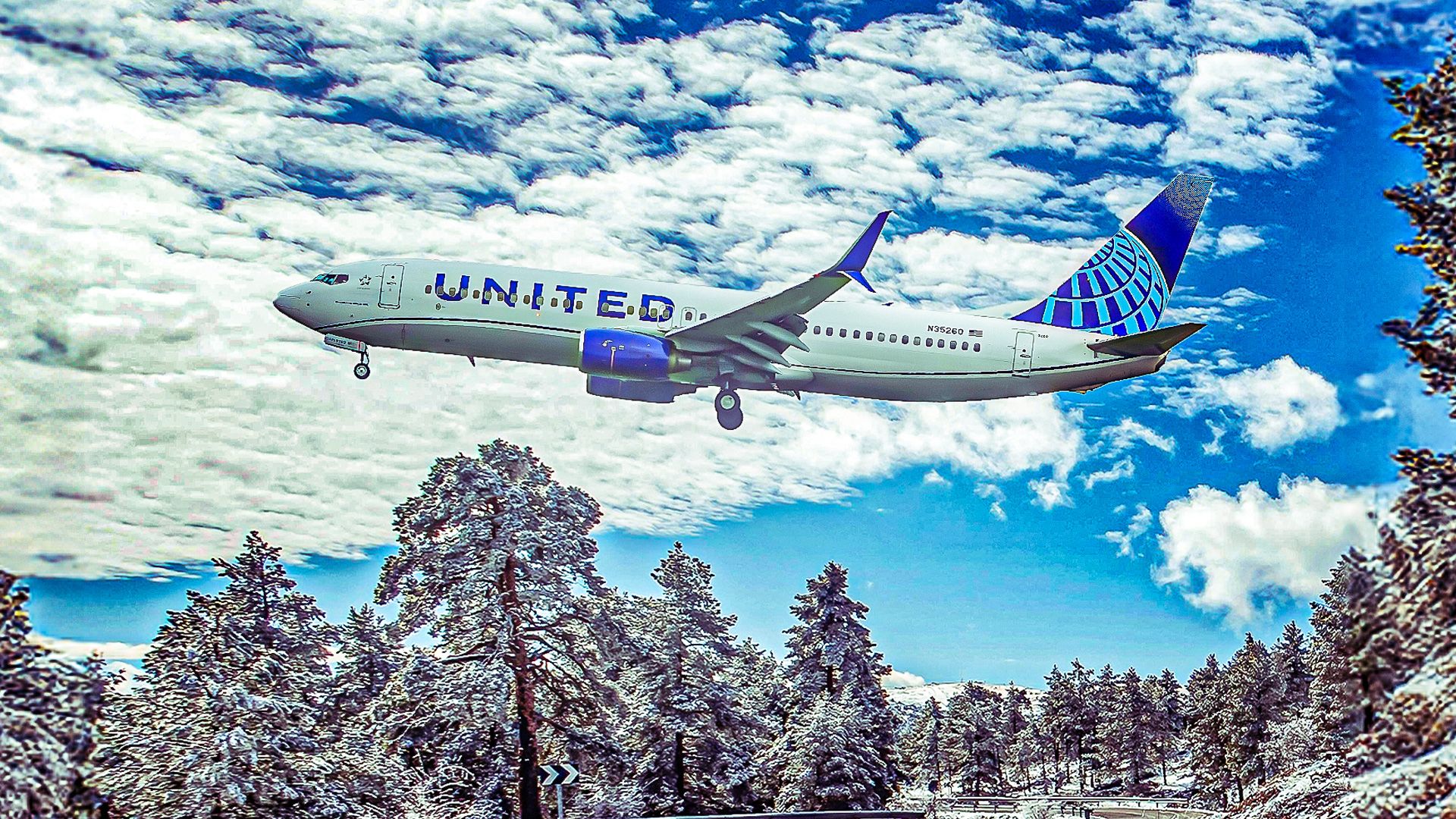In the summer of 2025, United Airlines expanded its partnership with Neste to bring sustainable aviation fuel (SAF) to three additional airports: Houston George Bush Intercontinental Airport (IAH), Newark Liberty International Airport (EWR), and Washington Dulles International Airport (IAD). This initiative marks the first time any airline has operated flights using SAF at these three major hubs. The expansion follows successful operations at Chicago O’Hare International Airport (ORD) and San Francisco International Airport (SFO), where Neste has been supplying United since August 2024.
The SAF supply agreement at IAH is set to continue until the end of this month, while EWR and IAD are scheduled for SAF flights through next year. This development highlights United’s commitment to sustainable practices in aviation and its leadership in using SAF in the United States.
Progress in Sustainable Aviation
United Airlines has emerged as a frontrunner in the SAF sector, burning 4,300 metric tons (approximately 13 million gallons) of the alternative fuel last year, despite operating at only two major hubs at that time. The contribution of significant operators like United is crucial, as air transport accounts for approximately 2-3% of global greenhouse gas emissions. According to the World Economic Forum, the global commercial aviation industry consumes about 4.3 billion gallons of fuel annually. Although 13 million gallons may seem modest in comparison, it represents substantial progress in moving toward a more sustainable future.
Lauren Riley, United’s Chief Sustainability Officer, stated, “United remains the leading SAF user in the US… we recognize that the growth of the SAF market requires support from both state and federal governments.” This acknowledgment underscores the need for collaborative efforts to advance the SAF market and promote broader adoption.
Neste’s MY Sustainable Aviation Fuel is produced from 100% renewable raw materials, including used cooking oil and animal fat waste. The fuel is blended with conventional jet fuel and is certified for use at ratios of up to 50%. Research indicates that using SAF can reduce carbon emissions by as much as 80% when unblended. However, the higher production costs—ranging from two to five times the price of conventional jet fuel—remain a significant barrier to widespread adoption.
Building a Sustainable Future
The partnership between United Airlines and Neste is part of a broader initiative to enhance the visibility and accessibility of SAF. United has emphasized its goal of achieving net-zero emissions by 2050, advocating for SAF as a more sustainable solution compared to purchasing emissions credits. The airline believes that with increased availability, there is a strong appetite within the industry for SAF.
Neste is also ramping up its production capabilities, with a current output of 1.5 million tons (approximately 515 million gallons) of SAF annually. The company projects this figure will rise to 2.2 million tons (around 750 million gallons) by the end of 2027. The use of waste materials for SAF production not only contributes to sustainability but also faces competition from other sectors seeking similar resources.
The ongoing collaboration between United and Neste is pivotal in addressing the current constraints of SAF supply. By working together, they aim to lower prices and increase availability, ultimately encouraging broader adoption within the aviation industry. United’s “Good Leads The Way” brand campaign reflects its commitment to promoting SAF use as part of a larger strategy to benefit customers, employees, and the environment.
As the aviation sector moves toward more sustainable operations, the partnership between United Airlines and Neste sets a significant precedent, paving the way for other airlines to follow suit in the transition to cleaner fuels.



